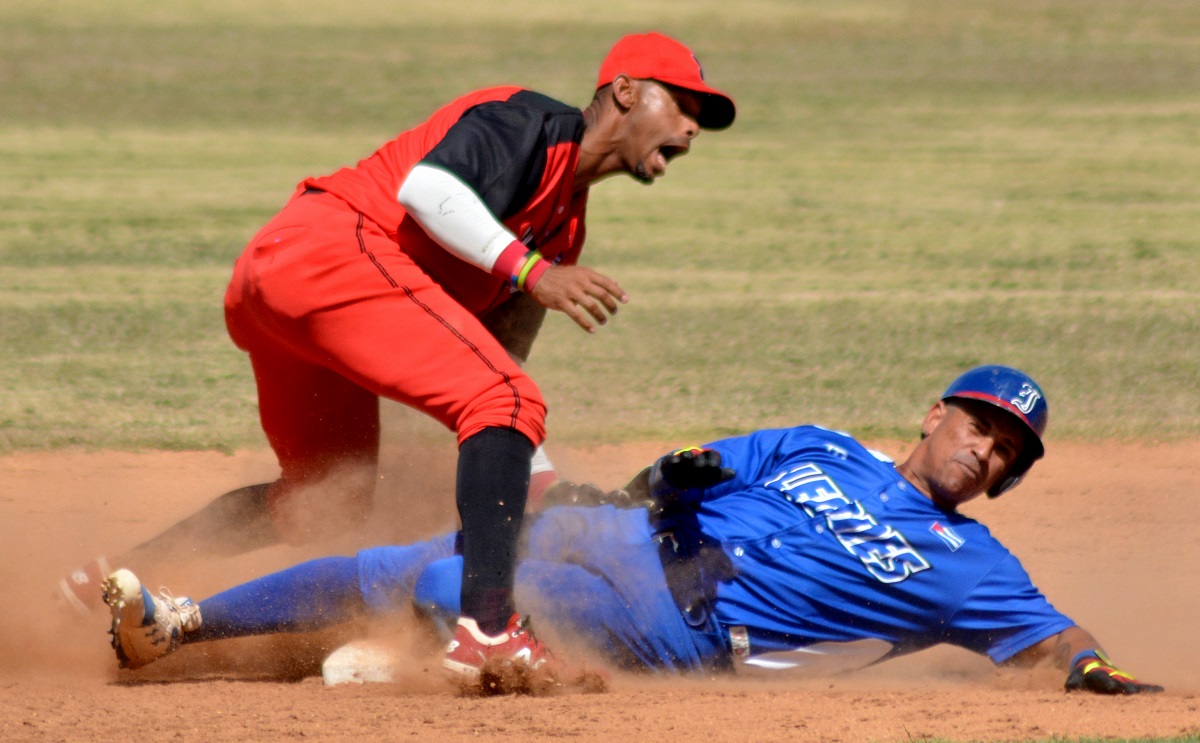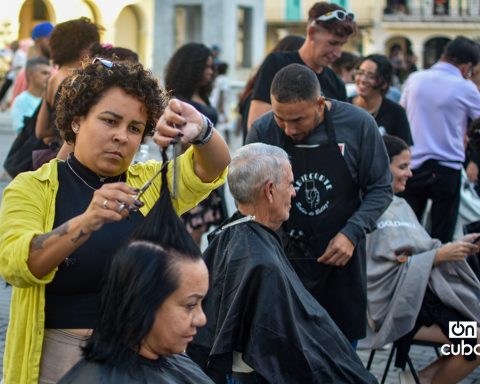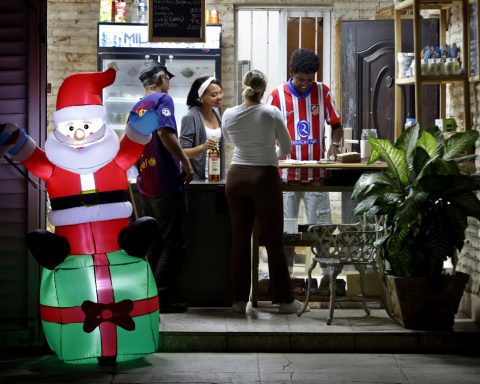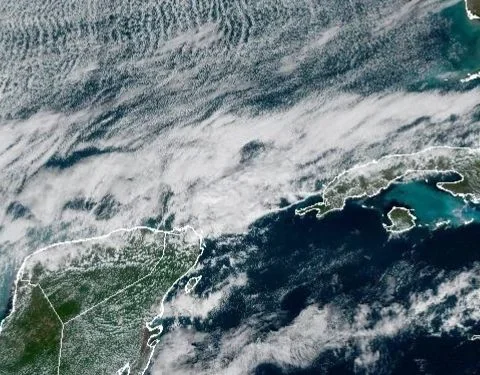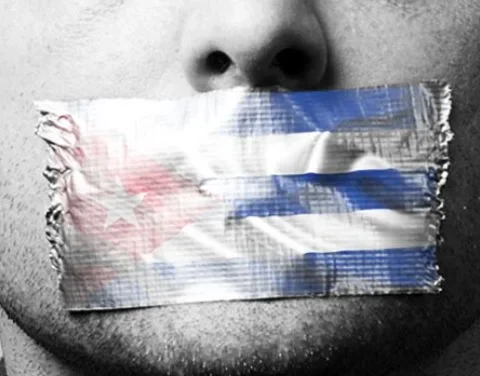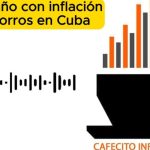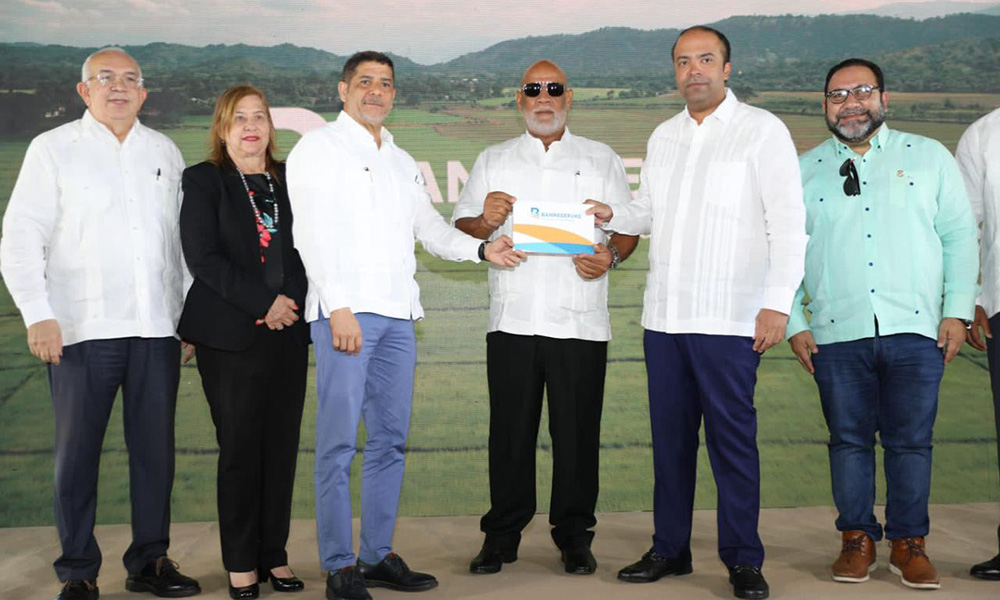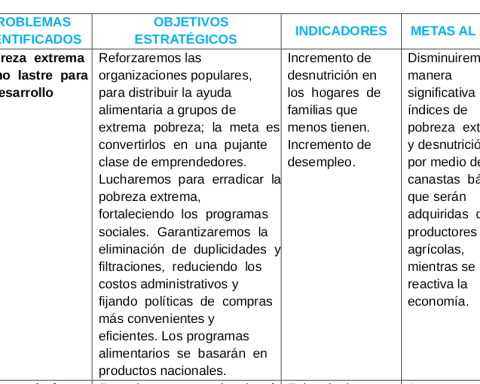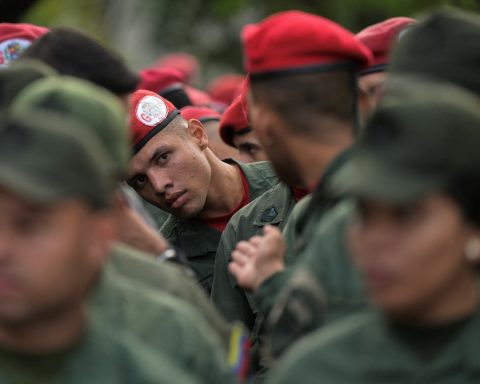There are still those who say that the title of the “big four” of Cuban baseball is merely symbolic, or that the duels between novenas from Havana, Pinar del Río, Villa Clara and Santiago de Cuba do not deserve to be in the dimension of classics, despite the fervent rivalry of their fans and the exquisite track record of these territories, which have more than half of the crowns disputed in 60 editions of the National Series.
For decades, the confrontations between these squads have burst the ticket offices of the Latino, the San Luis, the Sandino or the Guillermón, sanctuaries through which dozens of stars and immortals of the national pastime have paraded, and where several of the most spectacular in the history of baseball in Cuba.
However, it seems that something has changed.
In recent times, the results of Industriales, Santiago, Pinar and Villa Clara have dropped significantly, to the point that none of these teams has won a National Series from the 54th edition (2015) to the present. This seven-year period of drought is by far the longest in history without titles for the “big four.”
If we rewind the cassette, we will be able to appreciate the phenomenon more clearly. For example, in the 1960s, when the domestic classics began, Industriales and Azucareros won five of the eight disputed titles, and in the 1970s they repeated with five crowns out of ten possible, with the Vegueros reigning once.
From 1980 to 2010, the dominance of the “big four” was even more overwhelming, with 26 titles out of a possible 31, including a streak of ten titles in a row between Series 31 and 41. In that 30-year period, highlights the overwhelming pace of Vegueros with its five championships in the 1980s, the five finals in a row and the three crowns —also consecutive— that Villa Clara achieved in the 1990s, or the ten scrolls that Santiago (six) and Industriales (four) won from 1999 to 2010.
In general, during a period of 40 years (1970-2010), only five teams outside the “big four” managed to reach the top of the National Series: Habana (1974 and 2009), Ganaderos (1976) Citricultores (1977 and 1984), Sancti Spíritus (1979) and Henequeneros (1970, 1990 and 1991).
But there is more evidence. Let’s now focus on participation in play off, those electrifying duels that began to be played in the 25th National Series, that of Agustín Marquetti’s famous home run in the Latino. Since that 1986 and during the first 23 campaigns with postseason series, Industriales, Pinar del Río, Villa Clara and Santiago de Cuba coincided 15 times in decisive instances.
However, after Series 47, the “big four” have never been brought together in the same play off. During that long space of 13 championships, for example, Santiago has only reached the postseason three times and has not played any more finals since his title in 2008. His drought, on April 21, will be 12 years old.
Industriales have not had much luck either, although they have qualified in decisive instances seven times from 2008 to date, with a title in Series 49, 4,389 days ago. The “Lions” have been a little more constant, but they have lost the magic in the postseason, to the point that they add six consecutive defeats in series of play offby far his worst streak.
As for Villa Clara and Pinar del Río, they have advanced further. The “oranges” have played four finals with a title —remember the great home run by Ariel Pestano in 2013 in front of the eyes of a resigned Víctor Mesa— since the 48 Series, and in that same space the “vueltabajeros” have arrived three times to the discussion of the crown and have won twice, always at the hands of Alfonso Urquiola.
The last crown won by any of the “big four” was precisely that of the Vegueros in 2014, which gave them access to the Caribbean Series in San Juan, Puerto Rico, where they also climbed to the top of the podium. After that title, the championships in Cuba have been shared between Granma (three times), Ciego de Ávila (two), Las Tunas (one) and Matanzas (one), the four provinces with the most stable performance in the past decade.
A few years ago, and faced with the implacable domination of the “big four”, it was impossible to imagine that the map would change so radically. But gradually the decline of the powers and the progression of other provinces has been consummated, all this in the midst of a precarious scenario due to the retirement of legendary figures, the growing exodus of the new generations and the vacuum that this has created from the base to the first category.
All these factors have notably equalized the National Series and it is increasingly feasible to undermine the power of the “big four”, who have largely lost touch and magic. Although their duels still catch the attention of the fanatic, Industriales, Santiago, Pinar and Villa Clara have not shown the necessary tools to achieve a stable performance. For now, they have only had streaks of good play that alternate with significant bumps, which has prevented them from competing with ninths that have tasted the honeys of success and have learned to be more decisive and handle the pressure in decisive matches, precisely what Leones, Wasps, Vegueros and Azucareros did better in their times of glory.
In the current context, there are more teams competing with real chances of advancing to the postseason and fighting for the championship, a process that has taken place in an unconventional way, because parity has increased, but the qualitative level of the league has decreased to unexpected limits.
There is no way of knowing if order will be restored, if the trend of recent years will change, if the “big four” will resume their overwhelming pace and once again dominate the domestic concert over the powers that have emerged.
At the moment, although they have shown slight signs of recovery and are still fighting to return all to the postseason for the first time in 14 years, neither Industriales, nor Santiago, nor Pinar, nor Villa Clara are considered favorites for the title. However, putting your hands on fire can be risky, because in this life there are few things more unpredictable than a ball game.
